Flowering cycle of the marijuana plant is a captivating and pivotal phase that marks the transition from vigorous growth to the production of prized buds. As growers and enthusiasts delve into this crucial period, they uncover the intricate interplay of light, nutrients, and environmental factors that contribute to the development of resinous and potent flowers. In this article, we embark on a journey through the flowering cycle, delving into its stages, requirements, and techniques that shape the ultimate success of cannabis cultivation.
Transition to Flowering Cycle: The Magic of Light
The flowering cycle initiates when the marijuana plant perceives changes in the duration of light. Interestingly, the transition can be triggered with less than 12 hours of sunlight. By shifting to a 12/12 light cycle (12 hours of light and 12 hours of darkness), the plant’s natural rhythm changes, redirecting energy from vegetative growth to the production of flowers. This shift marks the start of a remarkable transformation.
Early Flowering Cycle: Prelude to Blooms
As the flowering cycle begins, the plant experiences a pre-flowering stretch. This early stage is characterized by rapid vertical growth, where the spaces between nodes increase as the plant reaches upward. Meanwhile, small, white pistils emerge at the nodes, providing the first visual cues of gender determination.
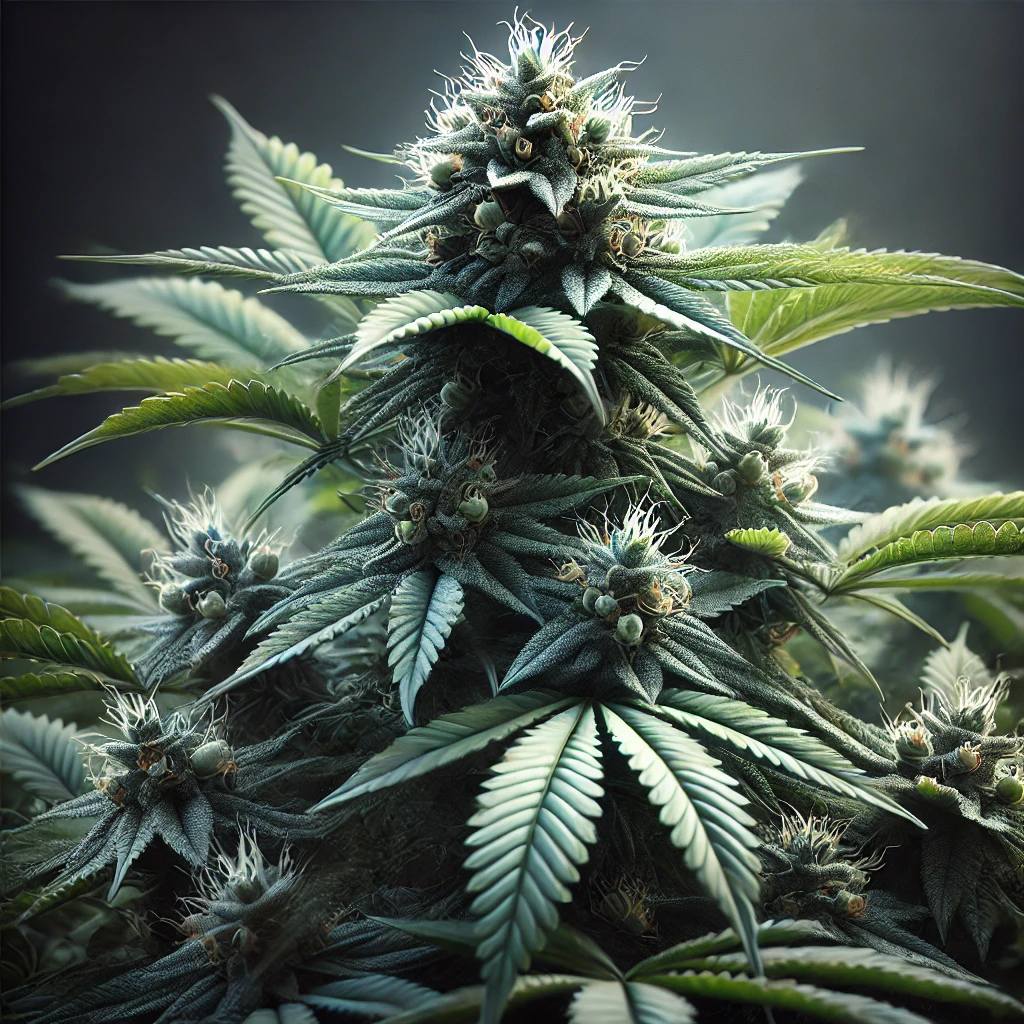
Mid-Flowering Cycle: Buds Take Shape
Progressing through the flowering cycle, the plant’s energy becomes devoted to forming buds. Calyxes start to cluster and swell, giving rise to the distinctive cannabis buds. It is during this stage that trichomes, the resin-producing glands, begin to develop on both flowers and leaves. These trichomes are reservoirs of cannabinoids, terpenes, and other compounds responsible for the plant’s aroma, flavor, and effects.
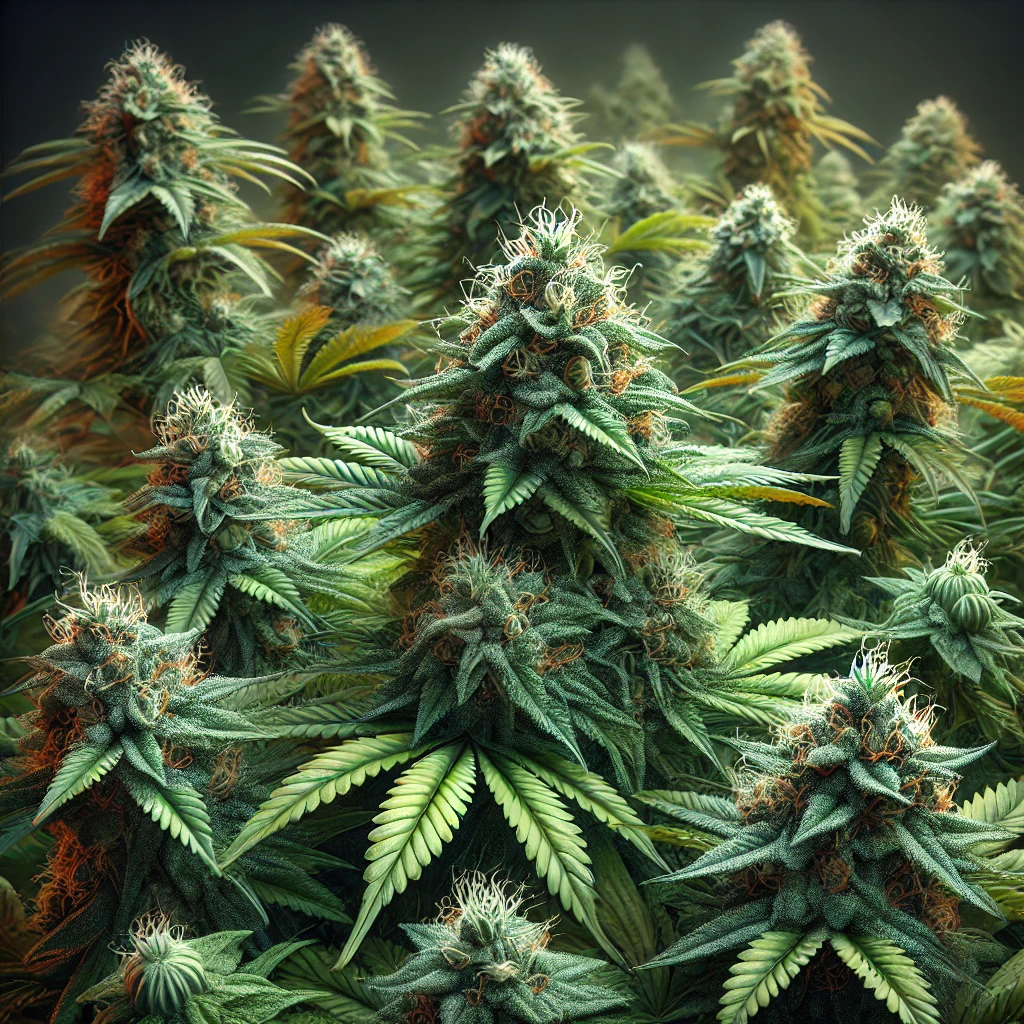
Late Flowering Cycle: Maturation and Ripening
In the later stages of flowering, the buds continue to mature and expand. The pistils on the buds transform in color, changing from white to shades of orange or brown, signaling the approach of the harvest window. As the flowering cycle advances, the trichomes shift from translucent to cloudy or amber, indicating changes in cannabinoid content and potential effects.
Harvesting: Gathering the Fruits
The culmination of the flowering cycle is the harvest. The timing of the harvest plays a vital role in determining the potency and flavor profile of the final yield. Optimal harvesting usually takes place when the trichomes are primarily cloudy with a few amber ones. Observing trichome development closely guides growers toward achieving desired effects.
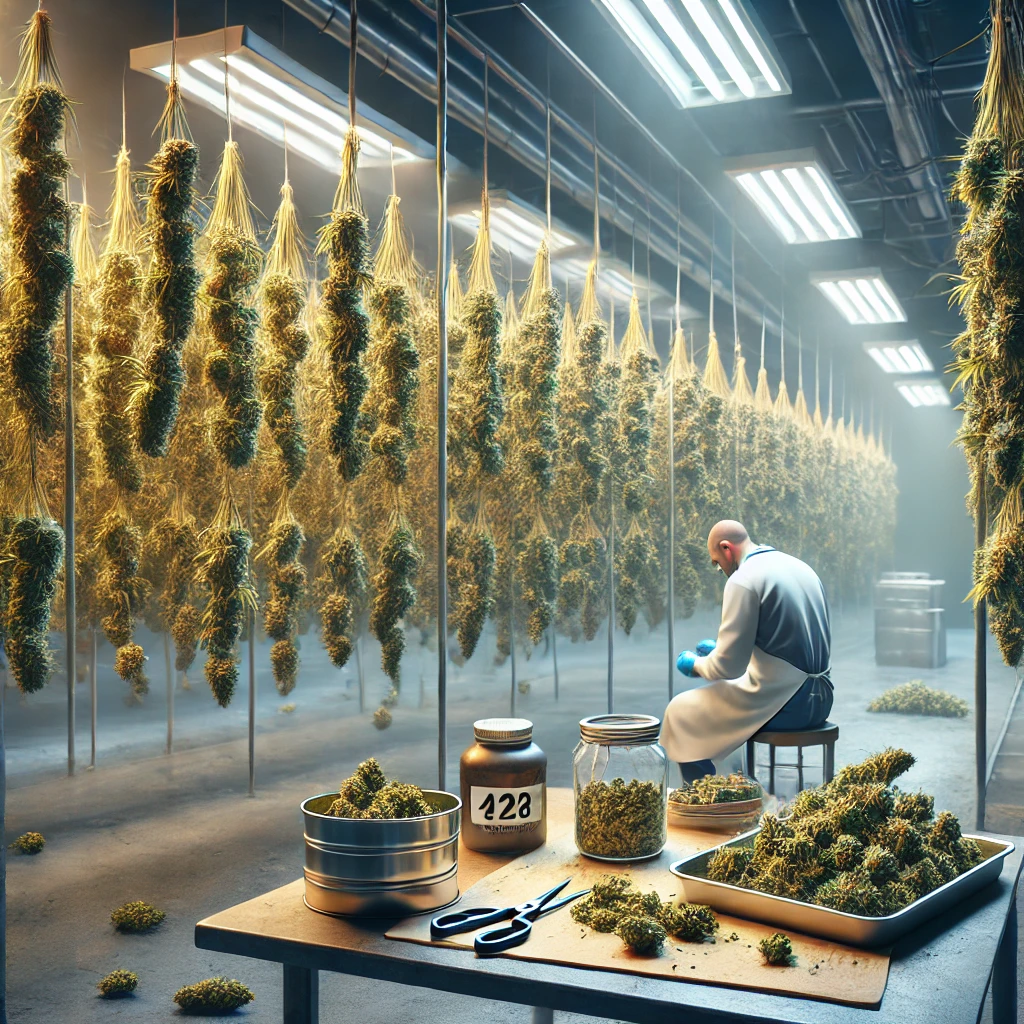
Post-Harvest Care: The Art of Curing and Drying
Following the harvest, meticulous post-harvest care ensures the preservation of flower quality. The proper drying and curing processes eliminate excess moisture and enhance flavors, resulting in a smoother consumption experience. The curing process further matures flavors and aromas, contributing to a more enjoyable consumption.
Environmental Conditions During the Flowering Phase of Marijuana Plants
The flowering phase of marijuana plants is a critical period that determines the final yield, potency, and quality of the harvested buds. To achieve the best results, it’s essential to create an environment that supports healthy flower development. Here are the key specifications for temperature, humidity, lighting, and other factors during the flowering phase:
Temperature
Maintaining the right temperature range is crucial for optimal flower development. During the flowering phase, aim for daytime temperatures between 68°F to 78°F (20°C to 26°C). Nighttime temperatures can be slightly cooler, ranging from 60°F to 70°F (15°C to 21°C). Avoid extreme temperature fluctuations, as they can stress the plants and affect flower formation.
Humidity
Humidity control is vital to prevent mold and mildew growth on the dense flowering buds. Keep the relative humidity levels between 40% to 50% to minimize the risk of fungal issues. As the buds mature, gradually lowering humidity levels toward the lower end of the range can enhance resin production and potency.
Lighting
During the flowering phase, adjust your lighting to a 12/12 light cycle (12 hours of light followed by 12 hours of uninterrupted darkness). Use high-quality lighting systems that provide both blue and red spectrums to encourage healthy flower growth. Many growers opt for high-intensity discharge (HID) lights, full-spectrum LEDs, or specialized flowering LEDs.
Light Intensity
Maintain a strong light intensity during the flowering phase, as this directly influences bud size and resin production. Aim for around 600 to 1000 µmol/m²/s (micromoles per square meter per second) of light intensity at the canopy level. This can be achieved by adjusting the distance between your lights and the plants.
Nutrients
Adjust your nutrient regimen during the flowering phase to promote bud development. Reduce nitrogen levels and increase phosphorus and potassium levels. Many commercially available bloom or flowering nutrient formulations provide the appropriate nutrient ratios for this stage. Always follow the manufacturer’s recommendations and monitor your plants for signs of nutrient deficiencies or excesses.
Air Circulation and Ventilation
Proper air circulation prevents stagnant air pockets and maintains consistent temperature and humidity levels. Good ventilation also helps strengthen stems and supports healthy flower growth. Use fans to ensure gentle airflow and consider oscillating fans to mimic natural breezes.
Odor Control
During the flowering phase, marijuana plants emit strong and distinct odors. If odor control is a concern, especially for indoor cultivation, consider using carbon filters or other air purification systems to minimize scent leakage.
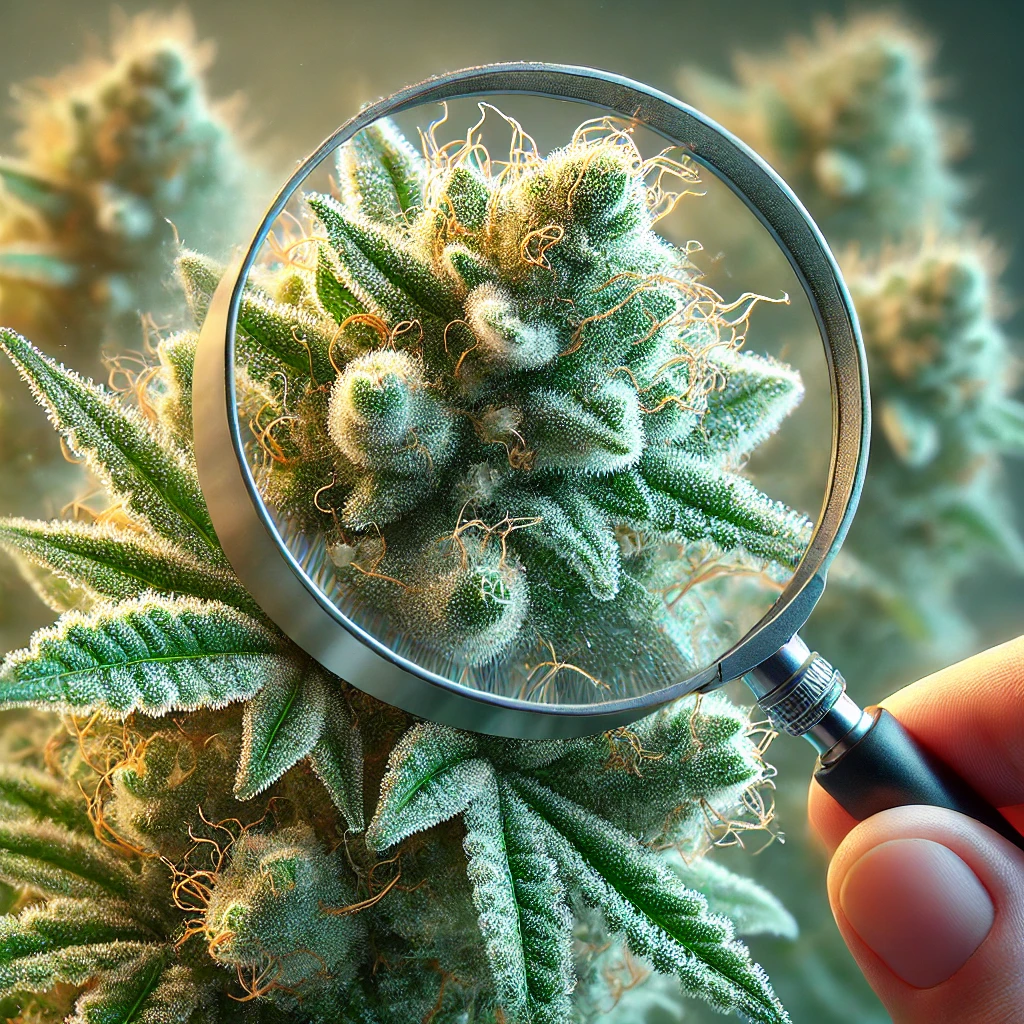
Trichome Observation
Keep a close eye on the trichomes (resin glands) to determine the ideal harvest time. Trichomes change color from clear to cloudy or amber as they mature. Harvesting during the cloudy stage generally provides a balanced combination of cannabinoids for a well-rounded effect.
How useful was this post?
Click on a star to rate it!
Average rating / 5. Vote count:
No votes so far! Be the first to rate this post.
Author
-
Meet Dr. Kendall Gregory, a highly accomplished professional with a remarkable academic background and a deep passion for empowering individuals through knowledge. Dr. Gregory’s educational journey began with a Bachelor of Science degree, followed by a Doctor of Chiropractic Medicine, focusing on diagnosing and treating musculoskeletal conditions. He further expanded his expertise with a Master's degree in Oriental Medicine, specializing in acupuncture and Chinese herbology, and a Master's degree in Health Care Administration, emphasizing his dedication to improving healthcare systems. Dr. Gregory combines his extensive knowledge and practical experience to provide comprehensive and integrative healthcare solutions. Through his writings, he aims to inspire individuals to take charge of their health and make informed decisions.
View all posts

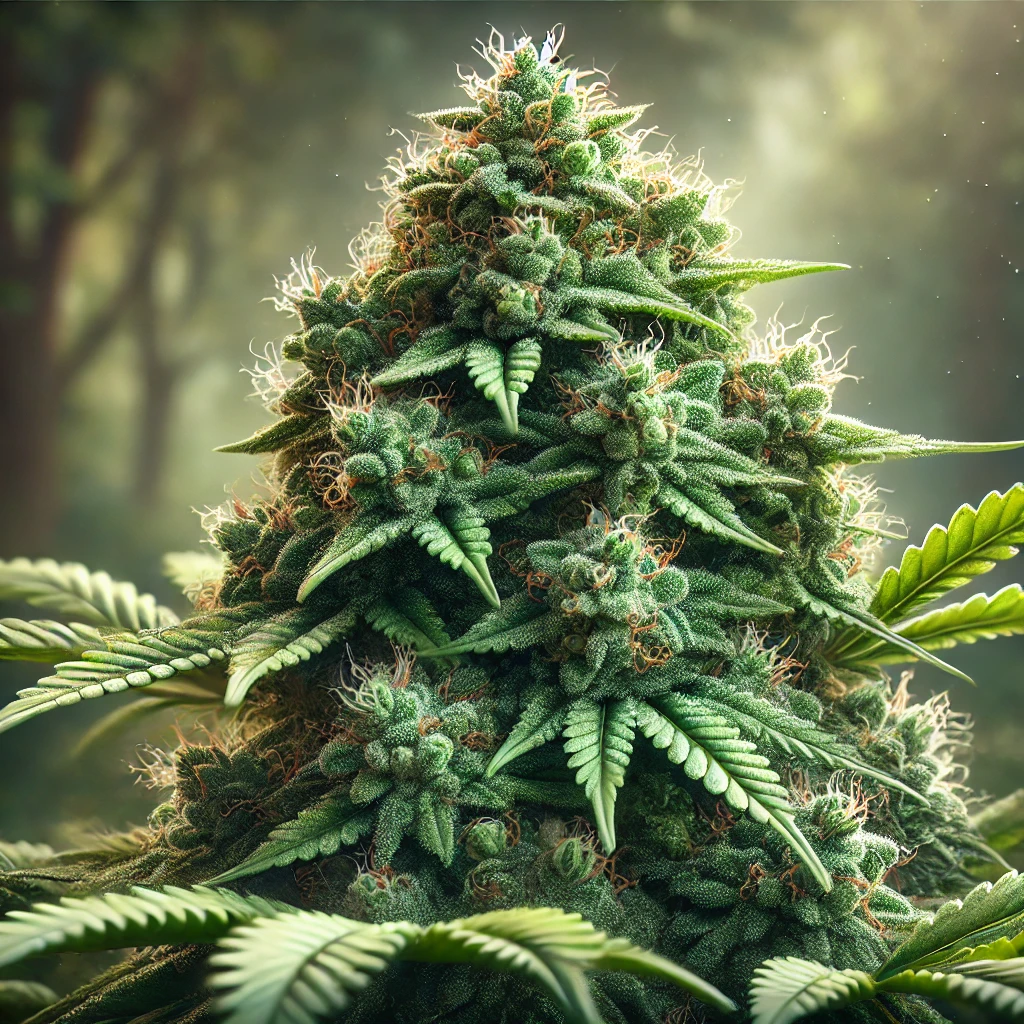






Keep up the fantastic work and continue to inspire us all!